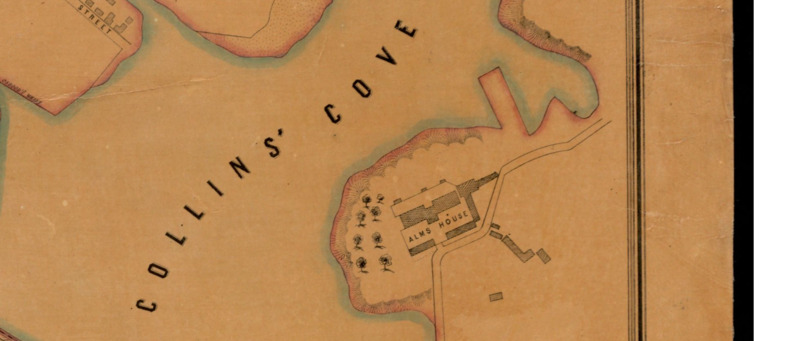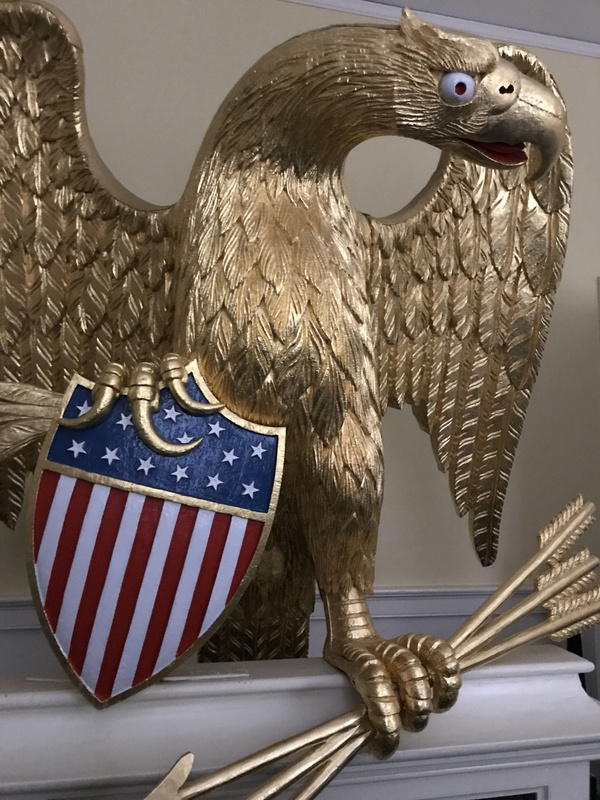Clerks, Services, Government and Others
Clerks (N=36) of various kinds also comprised a significant component of the workforce. Middle class clerical and service providers also included bank cashiers (N=11), auctioneers (N=5), hotel & inn keepers (N=2), boarding house keepers (N=24), book binders (N=2), a colorer (a person who adds color to prints and other printed materials) and a riding school instructor. In addition, there were barbers (N=9), hairdressers (N=3) and sextons (caretakers of church property, N=2),
Upper middle class professions in Salem included sales agents for various companies, including agents for the Aqueduct, Iron Factory, Lead Company and Stage Company. Salem also had veterinary surgeon (William Saunders). Numerous teachers (N=37) educated the steadily growing citizenry. Several clergymen (also referred to as pastors and reverends, N=15) saw to the spiritual needs of Salem's citizens.
Salem also had a small cadre of Federal workers employed by the Customs House. This was where imported cargoes were inspected, weighed, measured and duties (import taxes) were assessed. U.S. Navy officers Henry French and John Carlton were employed by Customs to oversee, double-check and report on the work of the civilian staff. Two men (Henry Price Jr. and Robert Peale) operated the Revenue Boat, which patrolled the harbor and coastline making sure all ships were registered and paying thier duties. Samel Ropes was at least one of the weighers and gaugers employed at the Custom House, measuring the quantity and volume of imported cargoes. There were a total of 26 Custom House workers in 1837.
Work in Salem included the usual types of occupations that are typically expected in 19th Century American communities. There were sheriffs (N=2), constables (policemen, N=4), watchmen (security guards, N=7), a Police Court official (Elisha Mack), an assessor/clerk, the Register of Deeds (Ralph French), notary publics (N=2), the postmaster (Ebenezer Putnam), the City Marshal (Perley Putnam), and the operator of the court hayscales.
There were also numerous unusual and intriguing professions listed in the 1837 Salem directory. These included someone who operated the "Health Boat" (possibly charged with inspecting ships crews and arranging for their quarrantine if mariners were infected with contagious diseases), a leather inspector, a Toll House Collector on the Turnpike, the Superintendent of the Almshouse, the Keeper of Fort Pickering (Jonathan Edwards), someone who made or sold mathematical instruments, the supervisor of the Female Orphan Asylum, a person who worked in the intelligence office (Isaac Shepard), the director of the Thomsonian Infirmary (C.W. Martin), amd even a professional portrait painter. Nathan Pierce worked the City News Room and Nathaniel Reid was the City Crier.


